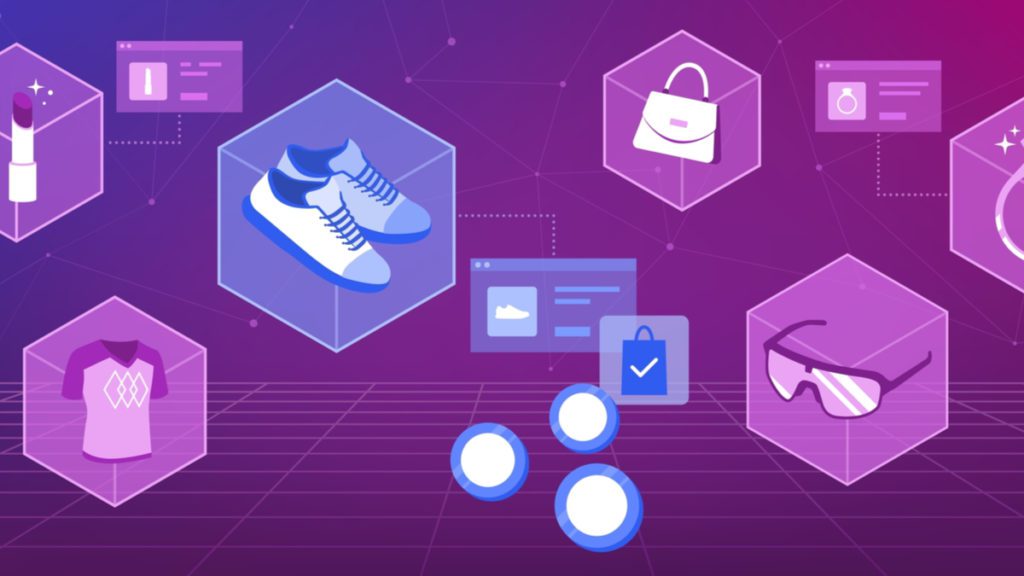How can virtual sales translate to physical purchases? It’s a question that no doubt concerned retailers when the notion of the Metaverse began to gain traction in 2021.
Many would undoubtedly have considered a landscape where virtual purchases stay virtual, avatars become the recipients of virtual goods, and physical products remain confined to the physical world. Although not a dire prediction — the sale of physical goods needn’t suffer in the wake of virtual alternatives.
Early experiences have shown that the opposite is true. The Metaverse, through multiple methods, enables physical purchases. As we will go on to explain in this article, these purchases could significantly boost profits.
Virtual Sales as a Unique Growth Accelerator
Far from isolating physical purchases, the Metaverse has the profound capabilities to accelerate them. It’s not a difficult concept to imagine. Already, online shopping has become a go-to for many users worldwide.
Although not yet matching the lure and popularity of physical stores, the online market is gaining ground. For instance, recent figures from PwC show that 40% of consumers visit and make purchases in a physical store weekly, compared to just 27% online. In the Metaverse, it could well overtake physical retail experiences.
To examine how this might happen, we need to consider the two most common Metaverse experiences: total immersion (virtual reality) and partial immersion (augmented reality). We’ll cover examples of both, but at this stage, it’s important to note that Metaverse retail experiences will follow a trend developed over the past few years brought on by the Covid-19 pandemic: the amalgamation of the physical and digital.
There has been a shift in public perception about what counts as an interaction or an experience. Today, the lines between physical and digital have blurred — the term ‘phygital’ abounds, but with any luck, we’ll coin a better one soon — and they are no longer mutually exclusive. Crucially, a combined approach provides value, satisfaction, and fulfillment, and this is a seismic shift from a pre-pandemic opinion.
So, the advent of the Metaverse, far from introducing a stumbling block for physical retailers, presents a massive opportunity for companies to serve a public prepared to straddle the physical and virtual worlds. At its most basic, the Metaverse enables users to try before buying.
VR Retail Experiences
With virtual reality (VR), users can enter a virtual store and try out products, be that a digital twin of a new car or a designer dress. This physical connection can connect directly to a physical store; if a user is happy with the product, they can buy it.
One company, Boson Portal, enables users to purchase physical products, such as NFTs, that are redeemable in-store. It’s one of several companies utilizing NFTs to sell physical equivalents. The platform is located on Decentraland and is ultimately one of the first Metaverse malls.
However, this is just the tip of the iceberg. The opportunities for retailers in the Metaverse regarding complete immersion are tremendous. However, augmented reality (AR) is taking center stage today and is where the most exciting developments are happening.
AR Retail Experiences
Many well-known retailers have adopted AR technologies to boost physical sales, both in-store and online. Perhaps the most prominent retailer that enables at-home AR technology to influence buying decisions is IKEA. Using its app, customers can place furniture around a room by pointing their smartphone or tablet at it. If it suits the space, customers can purchase it then and there.
In-store, several brands are using AR technology to boost sales. For example, Chanel has introduced a series of intelligent mirrors to enable users to see technical details and purchase the items they are trying. It’s like a personal shopping experience facilitated by AR technology.
Ultimately, the stakes are very high. In a recent report, McKinsey announced that the total value of the Metaverse will likely exceed $5 trillion by 2030 — subscribers to the My Metaverse Minute newsletter received a concise edit of the report in their inboxes last week. Staggeringly, more than half of that value will be derived from e-commerce activities.
Final Thoughts
There are two significant benefits of Metaverse retail experiences: immediacy and engagement. In the future, more and more users will have the tools to try on garments, test out products, or book experiences instantly with avatars connected to crypto wallets.
The Metaverse provides unprecedented opportunities for targeted marketing and integrated retail experiences that translate to real-world purchases. Knowing your customers and what they desire has never been more achievable.
Want to compete in the Metaverse? Subscribe to the My Metaverse Minute Channel:









